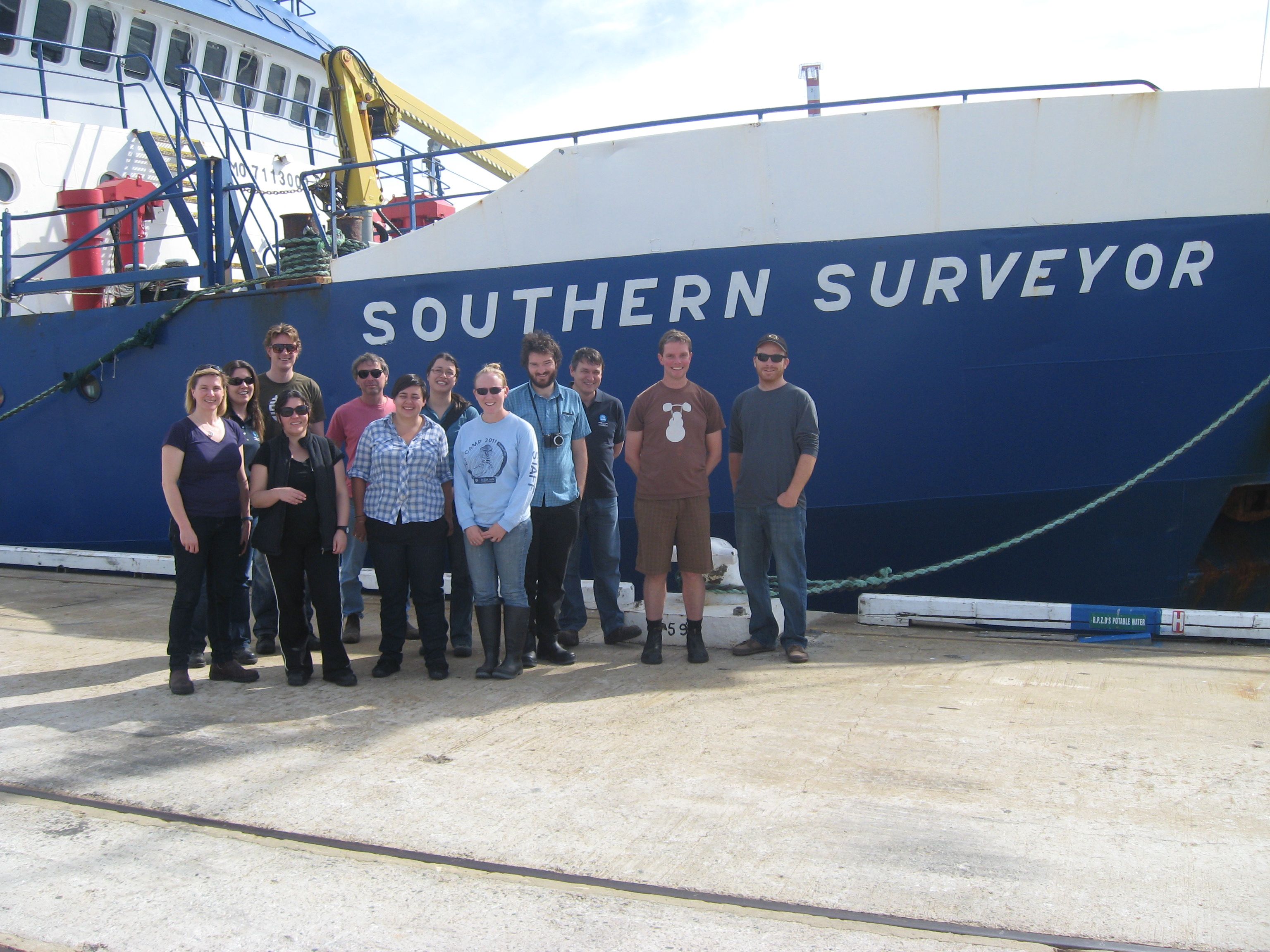MEDIA RELEASE ISSUED BY THE INSTITUTE FOR MARINE AND ANTARCTIC STUDIES, FRIDAY 10 AUGUST 2012.
Researchers from the Institute of Marine and Antarctic Studies at the University of Tasmania are heading to the Indian Ocean to try to understand more about how currents affect Australia’s climate and coastal waters.
IMAS Oceanographer Dr Helen Phillips is leading the team on board the Marine National Facility research vessel Southern Surveyor, which is owned and operated by CSIRO, and available to all Australian scientists.
“Surface currents bring water to the west coast of Australia all the way from Africa and feed into the Leeuwin Current, which flows south along the Western Australian coastline,” Dr Phillips said.
“We need to understand how the Indian Ocean currents influence the strength of the Leeuwin Current, and how they contribute to the nutrients available to feed commercial fisheries from Western Australia right around to Tasmania,” Dr Phillips said.
To undertake the research the team will cover 4000 nautical miles of ocean northwest of Fremantle, which is about the same distance as Melbourne to Darwin and back again!
The research team will measure the strength and size of the Indian Ocean currents at all depths, as well as the biological productivity. In addition to using instruments on board Southern Surveyor, scientists will deploy Argo floats and UTAS-funded velocity profilers, to monitor the currents long after the voyage is complete.
Collaboration between the UTAS researchers and scientists at the United States’ governmental marine research organisation, the National Oceanic and Atmospheric Administration (NOAA), will also see a long-term mooring and 20 ocean surface drifters deployed.
The NOAA mooring is part of a global array of moored instruments designed to monitor the role of the oceans’ influence on climate. It will be deployed near 25°S to collect meteorological and oceanographic data for 12 months, and possibly further into the future.
The NOAA surface drifters are also part of a global program. They will collect and transmit data via satellite, about the circulation of the Indian Ocean and in particular the eastward flowing currents.
In 2013 Southern Surveyor will be superseded by Investigator, a new state-of-the-art 93.9-metre dedicated research vessel that will usher in a new era in marine research for Australian scientists, by more than doubling the Marine National Facilities’ ocean research capabilities.
To arrange interviews with Dr Phillips before she sails, please contact Sam East, Communications, Outreach and Marketing Manager, IMAS on (03) 6226 6683 or 0418 299 470.



16th August 2012 at 2:41 pm
Thanks for your comment CJR.
We actually had a bit of trouble with blocked oil supply to a bearing, so not contaminated lubricant after all! The guys at P&O and the Marine National Facility are working on it and we hope to head out of Fremantle in the next couple of days.
Did you know Southern Surveyor has a 6 cylinder 4 stroke Wartsila engine, which can generate 2,640 kilowatts? Each cylinder has a swept volume of 28 litres which when you compare it to cars, it’s about the volume of 6 and a bit Ford Falcon engines, or 7 and a bit Holden engines.
And all up the ship holds 250 cubic metres of fuel, which is 250,000 litres. Massive!
15th August 2012 at 7:55 pm
As a quick update: We’re back in Freo due to contaminated lubricant leading to an overheating bearing in the engine. Said engine is now in pieces while engineers check there’s no additional damage and wait for spare parts. Hope to be back at sea on Saturday.